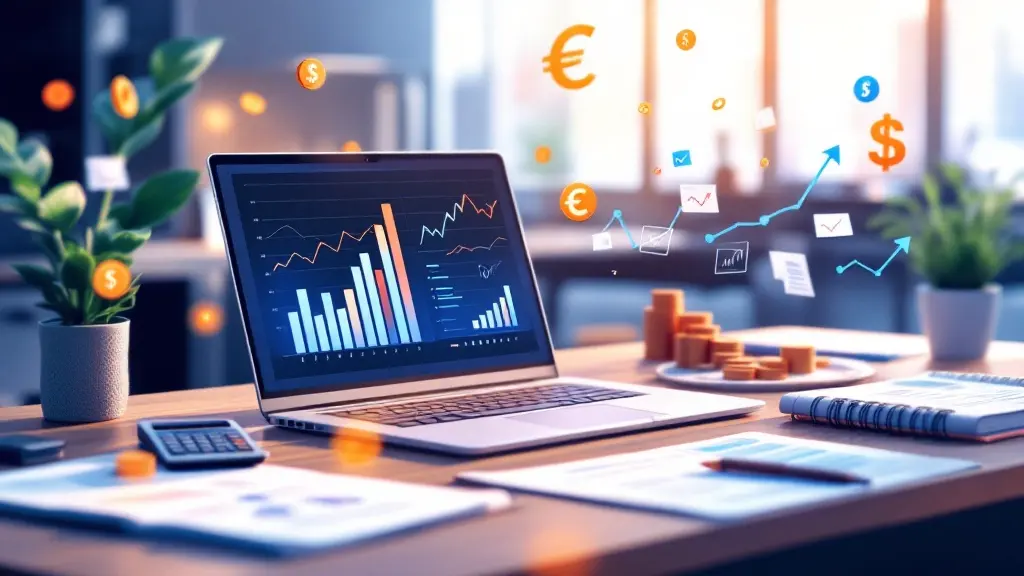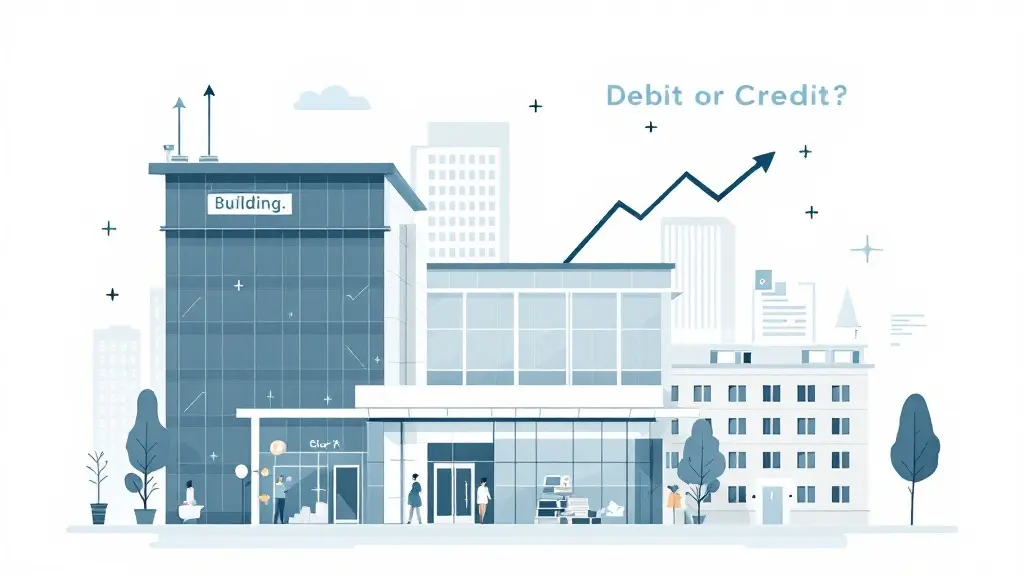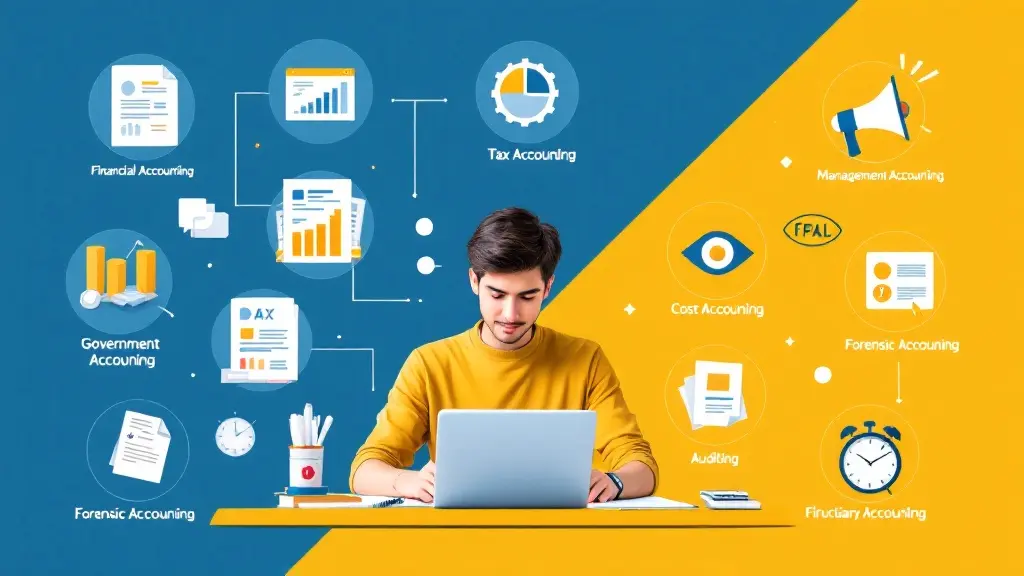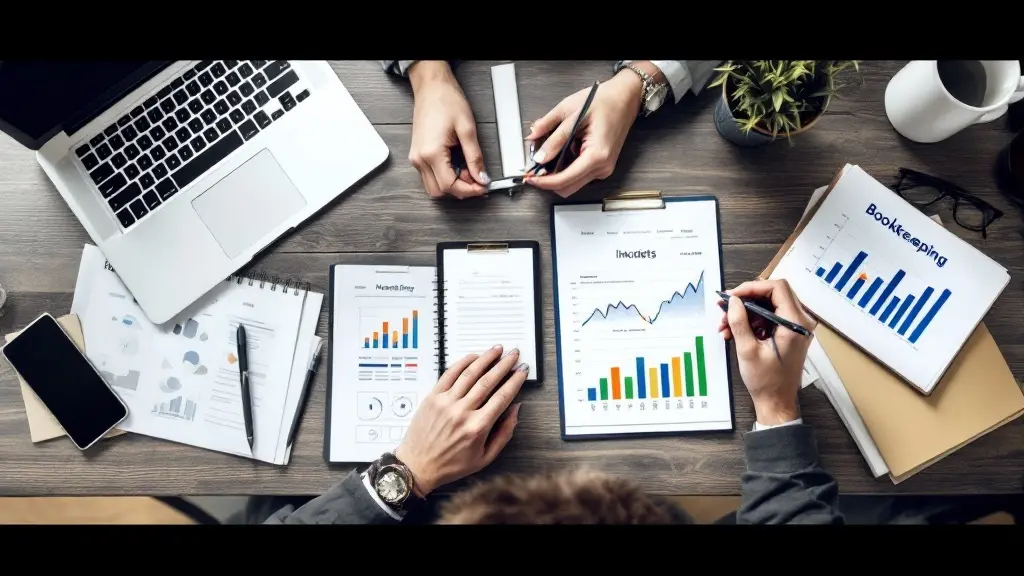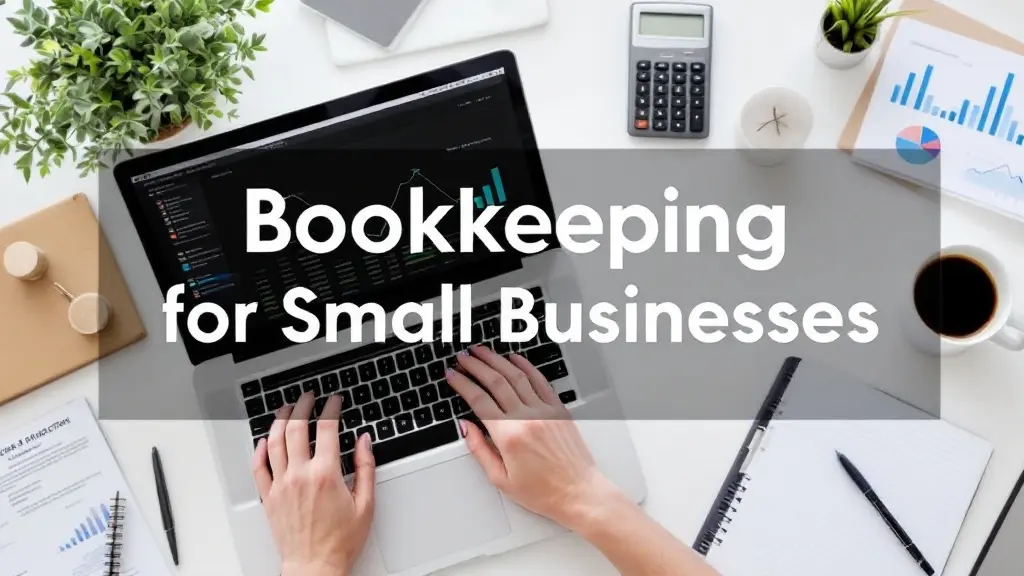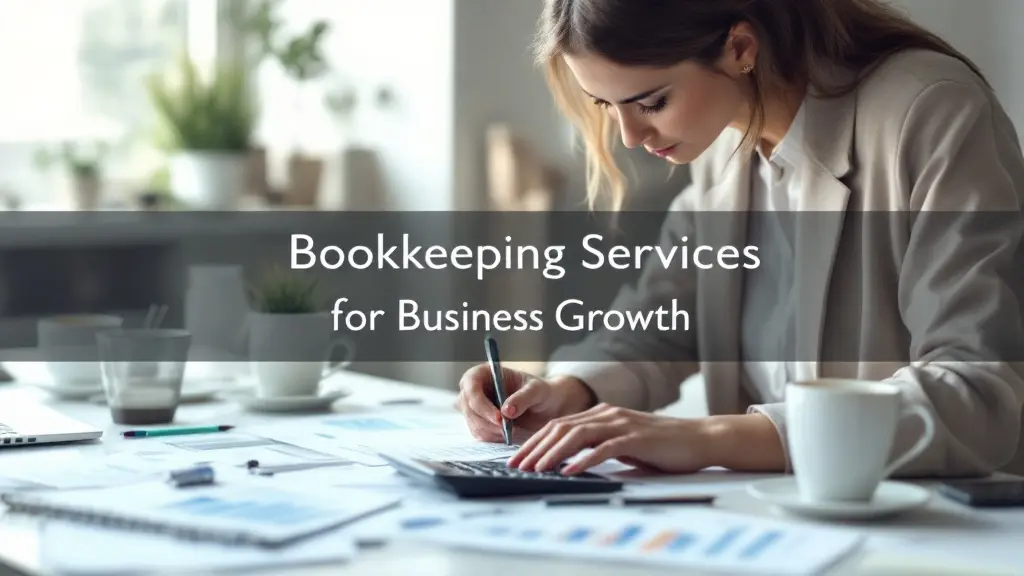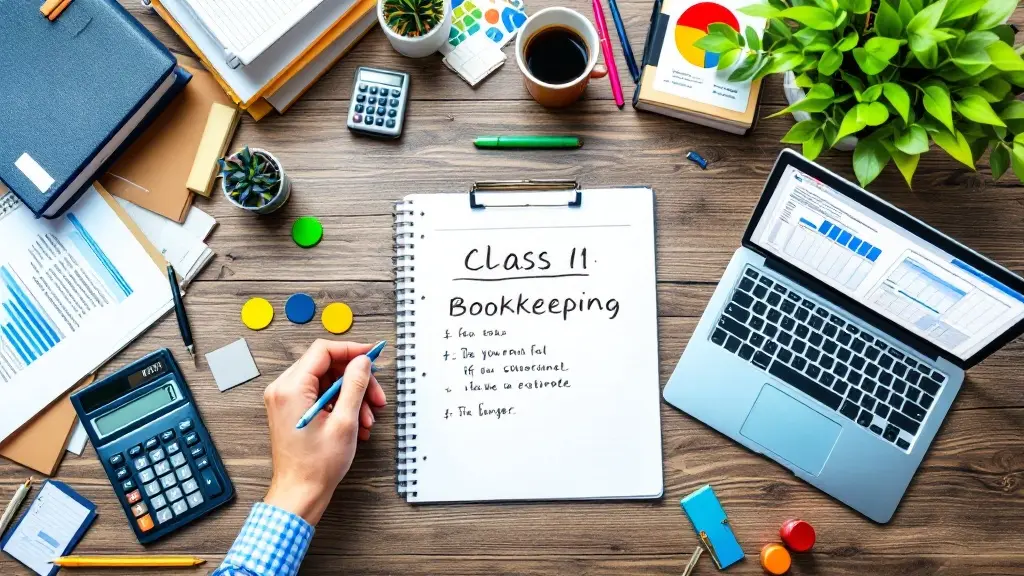Understanding Balance Sheet for Class 11: A Comprehensive Guide
Table of Contents
Most Read
[fusion_dropcap class="fusion-content-tb-dropcap"]A[/fusion_dropcap] balance sheet is a vital financial statement that plays an essential role in understanding a company’s financial health. If you’re studying accounting in Class 11, understanding the balance sheet is a key concept that will lay the foundation for your accounting knowledge. In this blog post, we will break down the concept of a balance sheet, explain its components, and guide you through how to interpret it in a way that’s both simple and informative.
What is a Balance Sheet?
A balance sheet is a snapshot of a company’s financial position at a specific point in time. It provides a detailed summary of a company’s assets, liabilities, and equity, helping investors, creditors, and stakeholders assess its financial stability.
In essence, the balance sheet follows the basic accounting equation:
Assets = Liabilities + Equity
This means that what a company owns (assets) is financed either by borrowing (liabilities) or by the owner’s investment (equity). The balance sheet offers insights into how effectively a company is managing its resources and obligations.
Importance of Balance Sheet in Class 11
For Class 11 students, understanding the balance sheet is crucial for grasping the principles of accounting and finance. It helps in:
- Analyzing Financial Health: By reviewing a balance sheet, you can assess whether a company is solvent or facing financial challenges.
- Learning Accounting Principles: The balance sheet teaches the fundamental accounting equation and how it affects financial reporting.
- Building a Strong Foundation: The knowledge gained from understanding balance sheets will help you in higher studies and real-world financial applications.
Structure of a Balance Sheet
A balance sheet is divided into two main parts: Assets and Liabilities & Equity. Let’s dive deeper into these components.
1. Assets
Assets represent what the company owns. They are categorized into two types:
a. Current Assets
Current assets are short-term assets that are expected to be converted into cash or used up within one year. They include:
- Cash and Cash Equivalents: The amount of cash the company has on hand.
- Accounts Receivable: Money owed to the company by customers for goods or services already delivered.
- Inventory: Goods that the company has on hand and plans to sell.
- Prepaid Expenses: Payments made for services or goods that will be consumed in the future (e.g., insurance premiums).
b. Non-Current Assets (Fixed Assets)
Non-current assets are long-term investments that are not expected to be liquidated within one year. These assets are essential for a company’s operations and can include:
- Property, Plant, and Equipment (PPE): These are physical assets like land, buildings, machinery, and vehicles used in the business operations.
- Intangible Assets: Non-physical assets like patents, trademarks, and goodwill.
- Investments: Long-term investments in other companies or assets.
2. Liabilities
Liabilities are what the company owes to others, and they are divided into two categories:
a. Current Liabilities
These are short-term debts or obligations due within one year. Examples include:
- Accounts Payable: Money the company owes to suppliers or vendors for goods or services received.
- Short-Term Loans: Loans that must be paid off within a year.
- Accrued Expenses: Expenses that the company has incurred but has not yet paid (e.g., wages, taxes).
b. Non-Current Liabilities (Long-Term Liabilities)
These are obligations that are not due within the next 12 months. Examples include:
- Long-Term Debt: Loans or bonds the company has issued with a repayment term longer than one year.
- Deferred Tax Liabilities: Taxes owed by the company but deferred to a future date.
- Lease Liabilities: Long-term lease agreements the company must fulfill.
3. Equity
Equity represents the ownership interest in the company. It is calculated as the difference between the company’s assets and liabilities. Equity is also known as Owner’s Equity or Shareholder’s Equity. This section typically includes:
- Share Capital: The amount invested by the shareholders or owners in exchange for ownership.
- Retained Earnings: The accumulated profits that the company has retained for reinvestment rather than distributing them as dividends.
- Reserves and Surplus: Funds set aside by the company for specific purposes or to cover future expenses.
The Balance Sheet Equation
The balance sheet is based on the fundamental accounting equation:
Assets = Liabilities + Equity
This equation ensures that the balance sheet is always “balanced.” Here’s how it works:
- Assets represent everything a company owns.
- Liabilities represent everything the company owes.
- Equity represents the owner’s claim on the company after all liabilities have been settled.
Every transaction a company makes impacts this equation. For instance, if the company borrows money, its liabilities will increase, and its assets (cash) will increase as well.
How to Read a Balance Sheet
While the structure of a balance sheet may seem complex, understanding how to read it is relatively simple. Here’s a step-by-step guide:
- Check the Date: The balance sheet represents a specific point in time, so ensure that you’re looking at the right date for an accurate financial snapshot.
- Assess the Asset Side:
- Are current assets significantly higher than current liabilities? This means the company has enough short-term assets to cover its short-term obligations.
- Look for any red flags, such as a lot of inventory or receivables, which might indicate potential liquidity issues.
- Evaluate Liabilities:
- A high proportion of current liabilities compared to non-current liabilities might indicate financial pressure in the short term.
- Take note of long-term debts or loans, as these can affect a company’s future financial health.
- Examine the Equity Section:
- Strong equity growth over time indicates that the company is reinvesting profits into the business and is in a stable financial position.
- If equity is negative or low, it might suggest that the company is not retaining profits and may face solvency issues.
Key Ratios to Analyze a Balance Sheet
To further evaluate a company’s financial health, you can use key financial ratios derived from the balance sheet. Some important ratios include:
- Current Ratio = Current Assets ÷ Current Liabilities
This ratio helps determine if the company has enough assets to cover its short-term liabilities. - Quick Ratio = (Current Assets – Inventory) ÷ Current Liabilities
This ratio is similar to the current ratio but excludes inventory, providing a stricter test of liquidity. - Debt-to-Equity Ratio = Total Liabilities ÷ Shareholder’s Equity
This ratio measures the company’s financial leverage and its reliance on borrowed money. - Return on Equity (ROE) = Net Income ÷ Shareholder’s Equity
This ratio shows how effectively the company is using its equity to generate profits.
Conclusion
In summary, the balance sheet is one of the most crucial financial statements in accounting, and understanding it is vital for any Class 11 student studying accounting. By breaking down its components—assets, liabilities, and equity—you can better understand the financial health of a company. Not only does it provide insights into how a company is performing, but it also helps you develop essential skills for future studies and even real-world financial analysis.
By mastering the balance sheet and its related concepts, you will be well-prepared for your Class 11 exams and your future journey into accounting. Keep practicing, analyzing balance sheets from real companies, and using the ratios we’ve discussed to gain a deeper understanding of financial health.
Happy studying!

